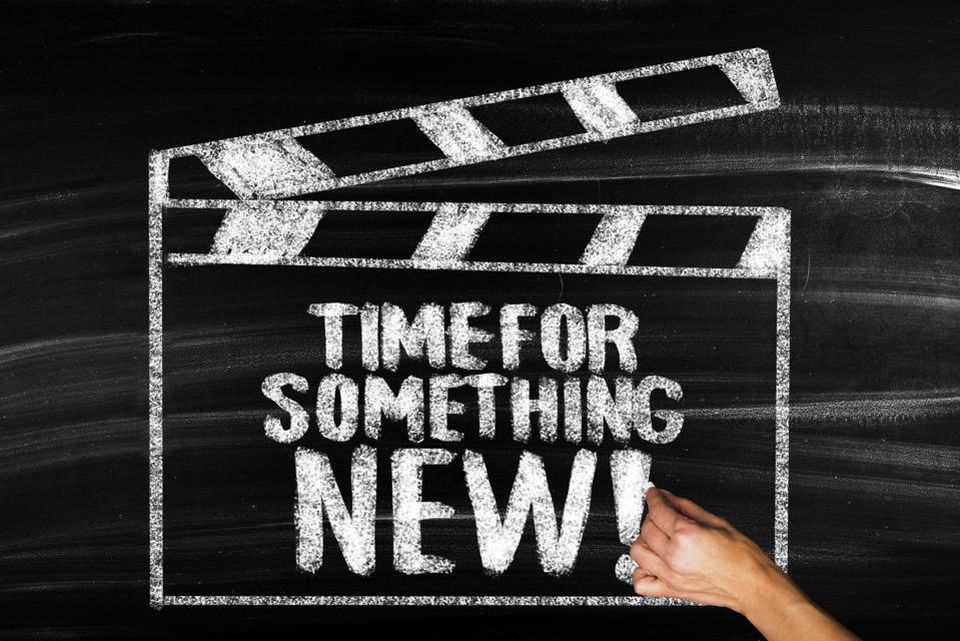
Leading Change Management In The Modern Workplace
Flash forward to me working in a corporate environment and I found myself sitting in my office, pulling my hair out and clutching my Excel spreadsheet like a security blanket I had long outgrown but refused to give up. A few key things were very different. One, people no longer did what the boss said simply because the boss said it. Two, people didn’t really care what was on that spreadsheet. And finally, just because people said they were bought in to something didn’t mean they would actually do anything. It was a harsh reality check for me, to say the least.
The harsh lesson for me was that command and control was no longer king when it came to change management. Though very few of my clients had experienced the level of control I saw in the military, they still came from that top-down ideology where what one person at the top might say would be enough to make things happen. What I’ve seen unfold over the past decade is an even greater departure from command and control effectiveness in all areas of business.
Begin creating a new vision for the future. I hold workshops on a regular basis with clients to help build strategic thinking skills. One of the most critical aspects to strategic thinking is the ability to envision a future that doesn’t already exist. In fact, most leaders can really only imagine a future that is just a tad better than the one currently happening in their company. They look at what they have or don’t have and try to improve on that. This is what I call strategic firefighting. Sure, it’s strategic but it’s not really moving towards something new.
Instead, I encourage them to tap into the part of their brains they used to use when they were kids. Many call this child-like day dreaming. However, it’s a major capability of our brains that leads to creation and innovation. The next time you are looking to change things for the better, spend some time daydreaming what you would create for your company if you had all the money and support you needed. Then assume what you created worked and imagine what you’d do next. The further out you go, the more in shape your creative thinking muscles become.
To Paul’s point, many leaders make the mistake of thinking collaboration is about playing well with others and keeping them in the loop. It’s actually way more than being polite. It’s a creative process. You need to reach out to people ahead of time, involve them in brainstorming ideas on the proposed change and collectively shape the road towards that new future.
Paul also outlined the impact of not bringing managers into the process early and often. “When managers aren’t completely aligned or involved with the organizational change, employees hear mixed messages and feel ambivalent toward the initiative. While leadership drives desired culture changes, it’s imperative to solicit feedback and input from everyone impacted to make sure that what you’re building is both worthwhile and achievable – which is where managers and staff come into play. When you incorporate their feedback, it will accelerate buy-in and tackle skepticism.”Our desire to have others agree with us is simply a remnant of our old school command and control days. Instead, we have to get really excited about disagreement. People who disagree with you are bringing energy to the table. By genuinely listening to people who disagree with you and considering their viewpoints, you increase the opportunity for them to get on board with the change and help you spot the holes in your thinking that you didn’t previously notice or wouldn’t acknowledge.
Marissa Geist, COO at Cielo, a global recruitment process outsourcing partner, pointed out that, “It’s critical to have a business champion at a high level who understands why and how this change is occurring. It’s key to gain commitment and alignment from your key stakeholders on what this change will bring, and their role in supporting it prior to launch. In real terms, this means being able to negotiate with business leaders to find mutually beneficial solutions, able to effectively distill data to create a story, tackling the challenge when change resistance emerges and to continually drive the message through the organization.”
Make it safe to ask questions and share feedback. Paul Pellman says, “The biggest blindspot when it comes to change management is failing to solicit feedback from employees every step along the way. Without checking in with workers on a regular basis, how do companies know they are successfully implementing the changes? Plus, asking for regular feedback increases transparency and gives employees a voice in the change – allowing them to feel that they’re truly apart of the process.”
Become a change storyteller. To keep people committed for the long haul. They need to know what’s happening what’s meaningful about that. They also need to be able to help create and tell the story. Don’t make the mistake of assuming progress updates need to all come from the executive level. Stories told by a mixed-level panel can do wonders for ensuring the organization, as a whole, feels empowered and part of the change.
Another amazing tool that has come leaps and bounds in the past few years is data. Marissa Geist advises, “Data is key as stories about your change, both good and bad, grow with time. Knowing where your escalations are coming from, being able to track the source and the cause, help drive accountability on all sides during a change.”


